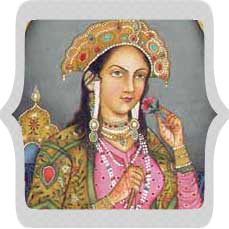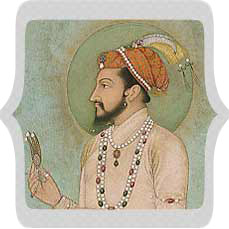"Regular" Map
Toys Exports

Toy Imports

The first comparison I made was the import and export of toys. It's so easy to see that a very large number of toys are exported from China, while the vast majority are imported in the United States. This relates to globalization since it has to do with trade between different countries. It was interesting to see this comparison because it really shows how much China exports, and that's just in toys! Growing up, I started noticing that many toys were made in China so the export map was not a big surprise to me. What was surprising, was that the United States seemed like the only large importer. I expected other countries to have a larger import than they did, which may be something good to note. Does this show that the United States is caught up in material things like toys more than other countries??
Clothing Exports

Clothing Imports

This map shows the import and export comparison for clothing. This map does a good job showing how companies can outsource their businesses to places where it is cheaper to make their products. For example, many companies in the United States are outsourcing to places like China and India. This is very evident on the export map. China and India are among the most noticeable exporting countries for clothing. On the import map, we can see that China and India are practically non-existent, while the United States and most of Europe are large importers.
Wood and Paper Exports

Wood and Paper Imports

Finally, I looked at the export and import of wood and paper. I wasn't sure what to expect when I looked at these two maps. I figured that the United States would be a big importer, but I didn't know what to expect anywhere else. I was surprised to see that Japan had such a large import. In terms of exporting, I was surprised by how much is exported by South America, Europe, and Canada.
After looking at just a few maps and comparing the imports and exports, we can see how global trade impacts almost everyone.





